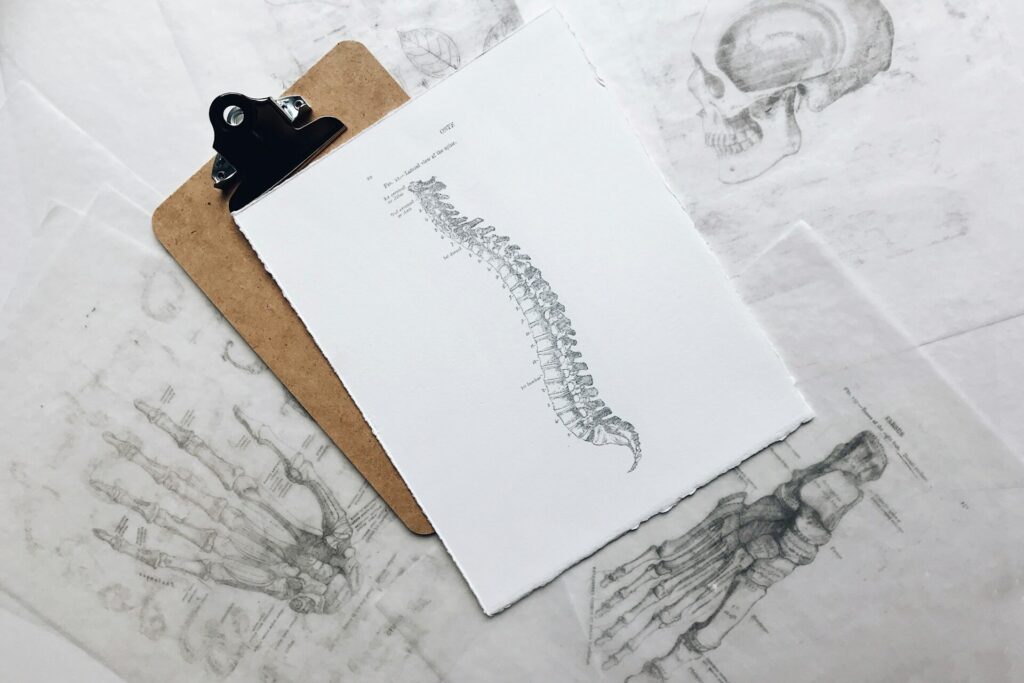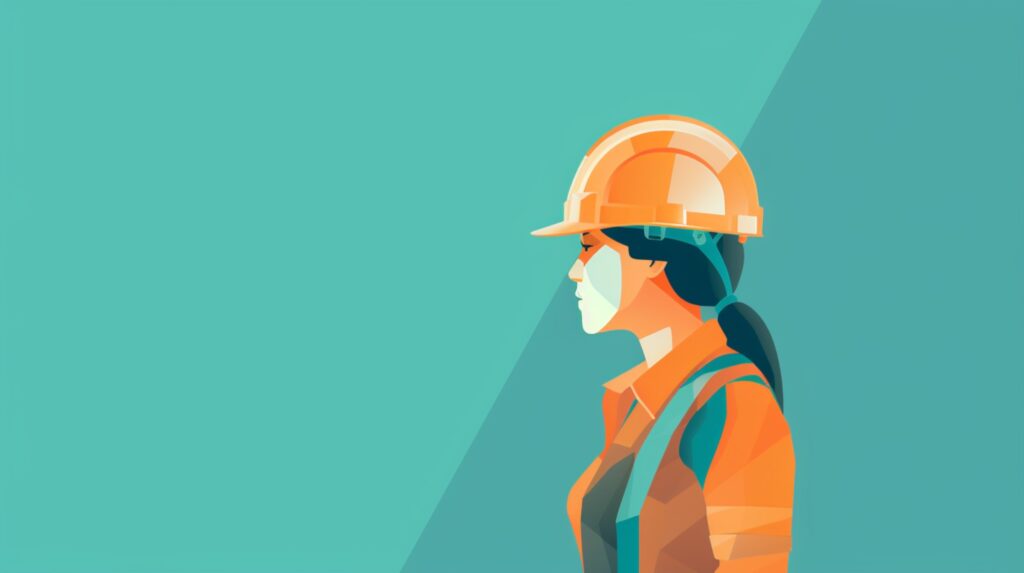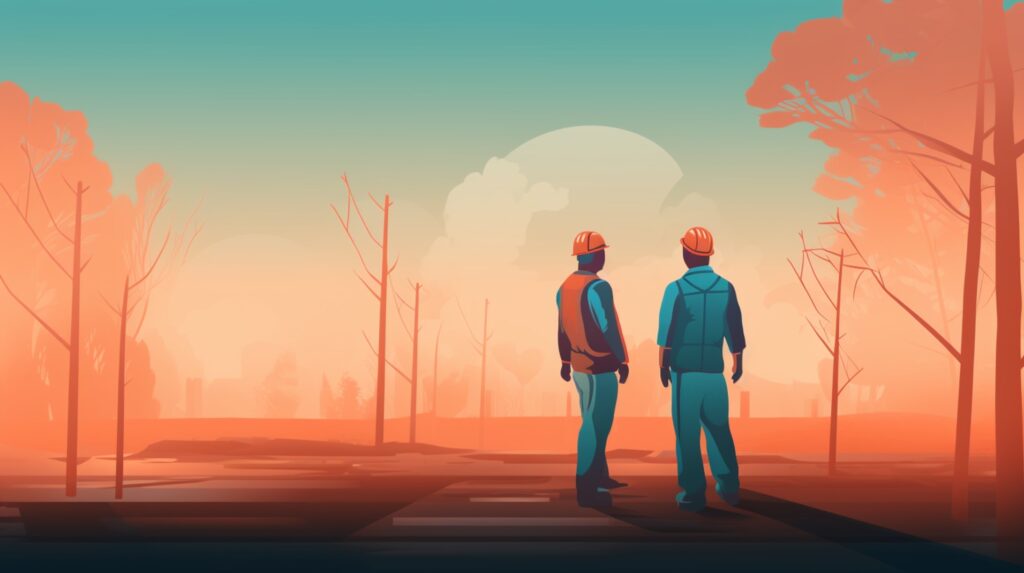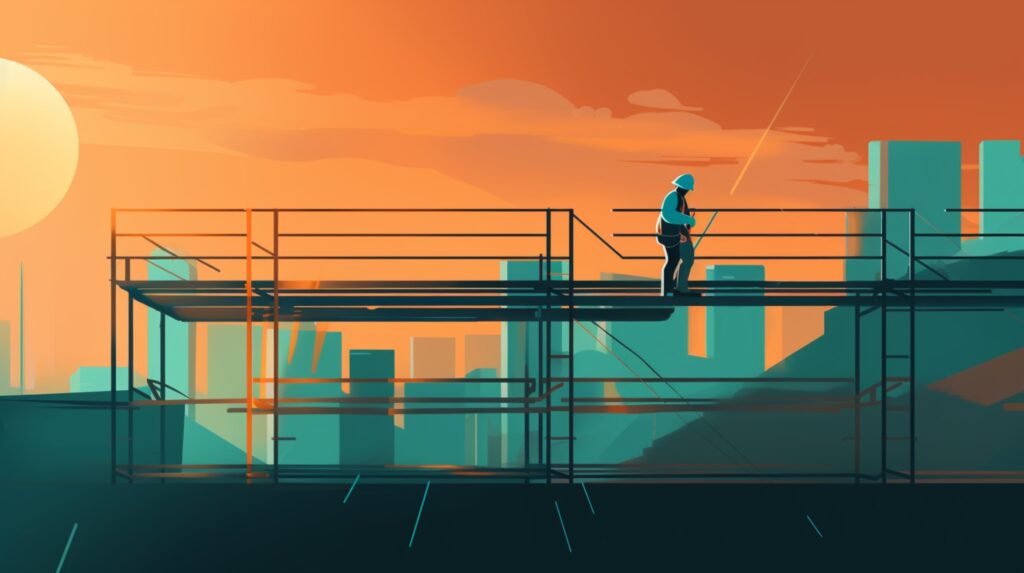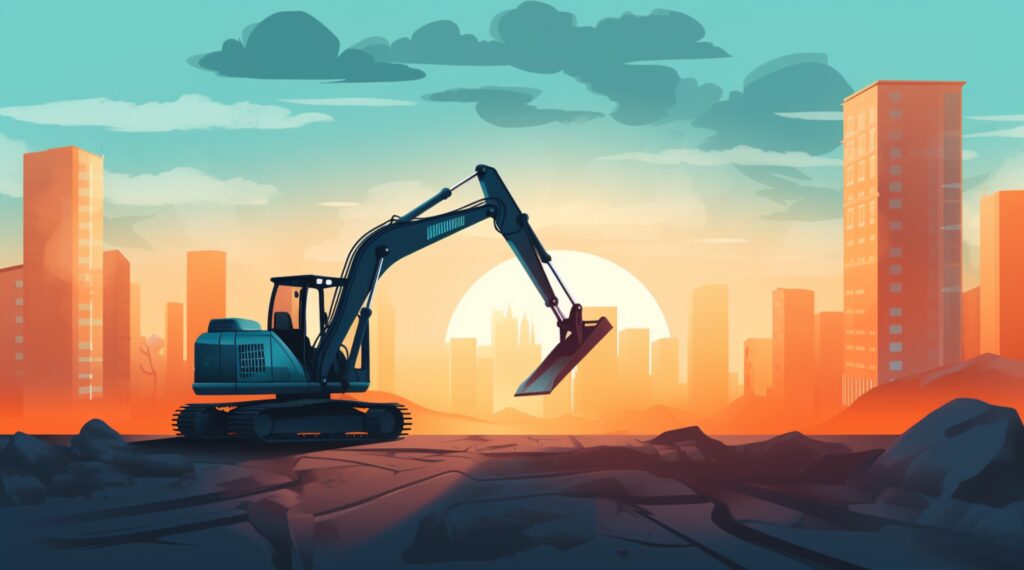
We are reader-supported. When you buy through links on our site, we may earn an affiliate commission.
Physical dangers are synonymous with construction projects. They’re just part of the gig, but declining psychological well-being shouldn’t be. Is there a way to improve mental health in construction? Learn more about the business to know what’s eating laborers and what management can do about it.
Is Construction a High-Stress Job?
Construction is a high-stress job. It’s as back-breaking as it is mentally exhausting. Construction laborers can be anxious about various matters, but the usual stressors affecting their well-being are — demands, roles, control, change support and relationships.
Construction work is grueling because the tasks are laborious, the standards are exacting, lethal hazards abound, and the deadlines are tight. Crew members must bring their A-game every day because one mistake can jeopardize the project and put someone in harm’s way.
On paper, laborers have clearly defined duties and responsibilities. In practice, they have to wear many hats. Many inexperienced laborers start as generalists, performing a wide range of tasks. They undergo training but must gain new abilities as they go. The learning curve in mastering new competencies can be steep. Some specialize in certain areas, while others get stuck in general construction.
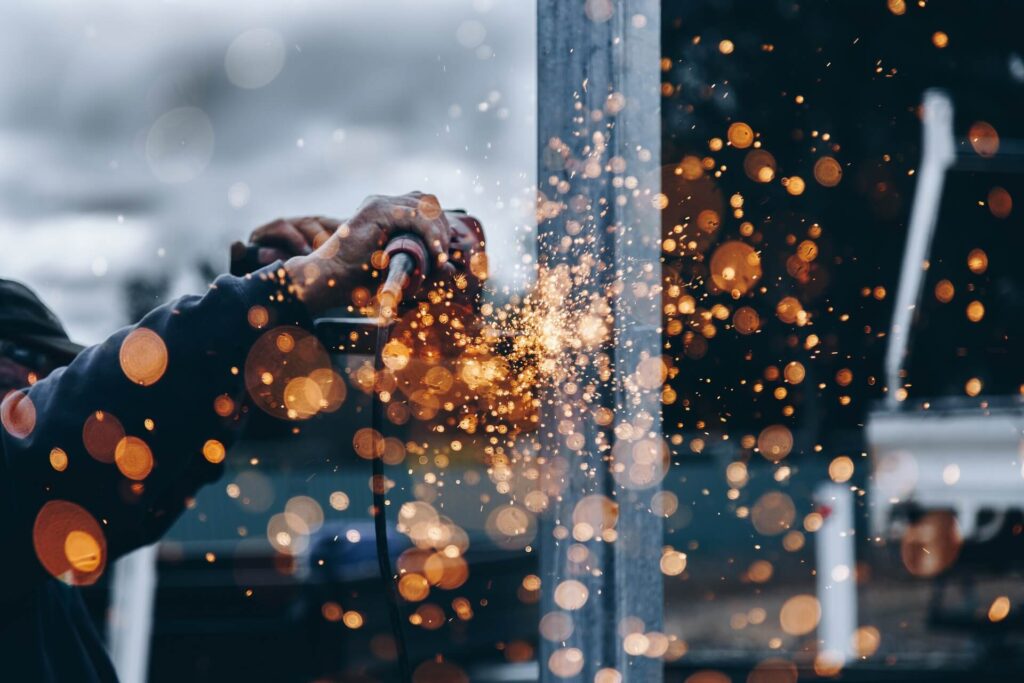
Juggling various roles, learning more skills on the fly, and working long, irregular hours make it difficult to establish repetitive routines. The lack of sense of structure and rhythm creates lingering uncertainty and diminishes worker control, adding stress to an already taxing profession.
With more than 1.6 million unfilled jobs, the United States faces an extreme labor shortage in construction. Still, some in the industry may experience job insecurity. They may feel there’s a cloud hanging over them when companies innovate to cut costs and boost productivity.
Some construction companies have a significant knowledge gap. The rank and file perceive the management to be less transparent than they should be and keep few communication lines open to discuss their unique needs.
Many construction professionals can’t get support from their peers either. The industry is notorious for having a toxic culture where bullying and other forms of harassment are rampant.
Is Construction Hard on Your Body?
Construction work is hard on your body. It’s particularly tough on the back, hands and knees. Bruises, lacerations, contusions, sprains, strains, tears and fractures are the most common nonfatal occupational injuries workers and helpers can sustain. Fall, electrocution, struck-by and caught-in or -between hazards are the most dangerous, accounting for 58% of construction-related deaths combined.
The nature of the business also exposes you to various hazardous substances, including asbestos, silica and welding fumes.
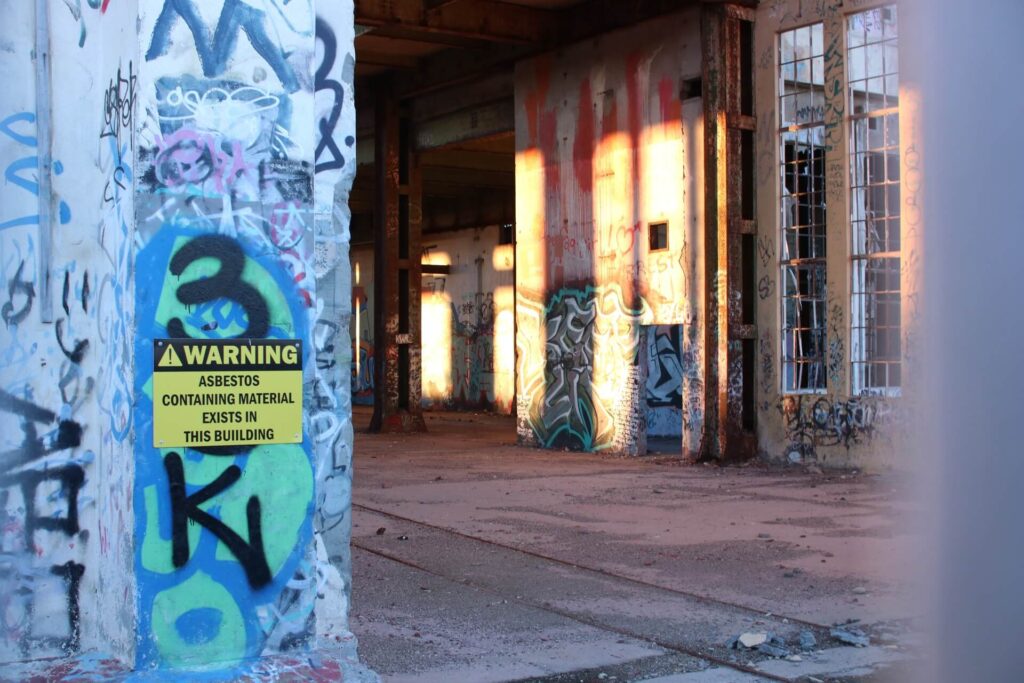
A 2023 study found that nearly 29% of construction workers develop lung disease involving a restrictive spirometry pattern, increasing their risk for lung cancer and fatal cardiovascular disease.
Even if you survive a projectile, vehicular or slip-and-fall accident, you’ll likely need to take a break for months to recuperate. Workers miss an average of 99 workdays per injury in construction — the highest of all industries. Inexperience contributes to injury risk because first-year employees file 34% of workers’ compensation insurance claims.
Furthermore, you can expose your loved ones to toxic metals. Researchers at the Boston University School of Public Health and the Harvard T.H. Chan School of Public Health discovered that households of construction pros have more than twice the levels of lead dust as janitorial and autobody workers’ homes.
Chronic physical ailments can do a number on mental health. It can increase the risk of depression and anxiety. If you already live with a mental health condition, physical illnesses will affect you worse.
The problem is that your work-related physical and mental health issues stay with you outside the job site. Only 55.9% of full-time, year-round construction workers have employer-sponsored private health insurance. If you belong to the other 44.1%, you’ll have to pony up thousands of dollars yearly for your coverage or seek care from community clinics or charities.
Are Construction Workers Happier?
A BambooHR poll revealed that construction workers are the happiest in the U.S. Construction recorded a net promoter score of 49 in the first half of 2023, outscoring technology, finance, nonprofit and more in employee happiness.
Pay is one of the most significant contributors to this finding. Construction professionals saw the fastest yearly jump in hourly wages in 40 years. Talent scarcity and strong demand for residential construction and renovation played a role in this soaring salary bump.
The above survey indicates improving mental health in construction but covered less than 58,000 respondents. This figure is just a drop in a bucket, considering the industry employed 8.6 million individuals in 2022.
Soaring compensation is a cause for celebration. However, the construction business has a higher suicide rate than other industries. Men in the industry are four times more likely to take their lives than the general population.
Moreover, 25.5% of construction laborers feel anxious at least once a month, while 9.7% occasionally feel depressed. Workers with good, fair or poor general health are likelier to share their symptoms and medication use with others than those with excellent health. Employees with health insurance, who drink heavily, or who use prescription opioids are also more likely to report their feelings of anxiety or depression.
How to Promote Mental Health in Construction
Promoting mental health in construction can be an arduous task because many stressors plaguing workers come with the territory. Still, leadership can implement many tactics to make the job site a safe work environment physically and psychologically. Consider these best practices:
- Facilitate mindfulness training to manage distractions and make conscious decisions more effectively, helping mitigate prevailing hazards.
- Observe regular breaks to minimize exhaustion and burnout.
- Prioritize a healthy work-life balance to avoid overextending workers.
- Provide immediate access to mental health resources, including counseling and helplines.
- Foster a positive work culture to create a supportive environment and boost employee morale.
- Establish a construction feedback system to reduce the knowledge gap and amicably resolve workplace conflict.
- Organize peer support groups to encourage workers to be more vocal and open about their mental health challenges with one another and help forge strong bonds among them.
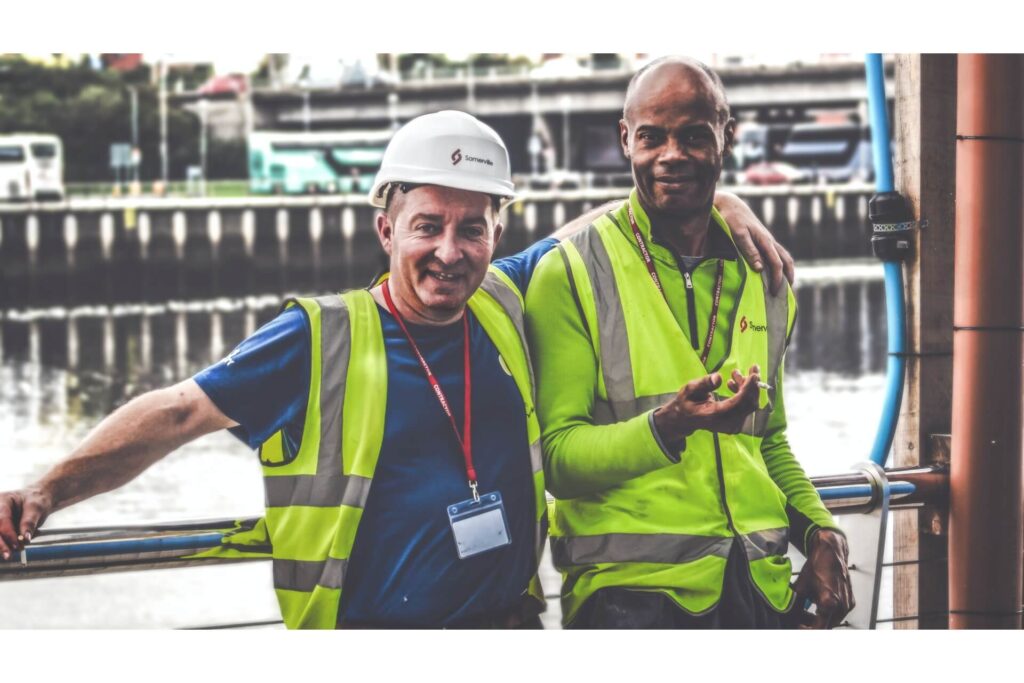
Demolish the Barriers Inhibiting Happiness in Construction
Improving mental health in construction is a never-ending pursuit. You can only do so much to reduce its inherent dangers, but you can always do more to make the job site a more desirable workplace.



